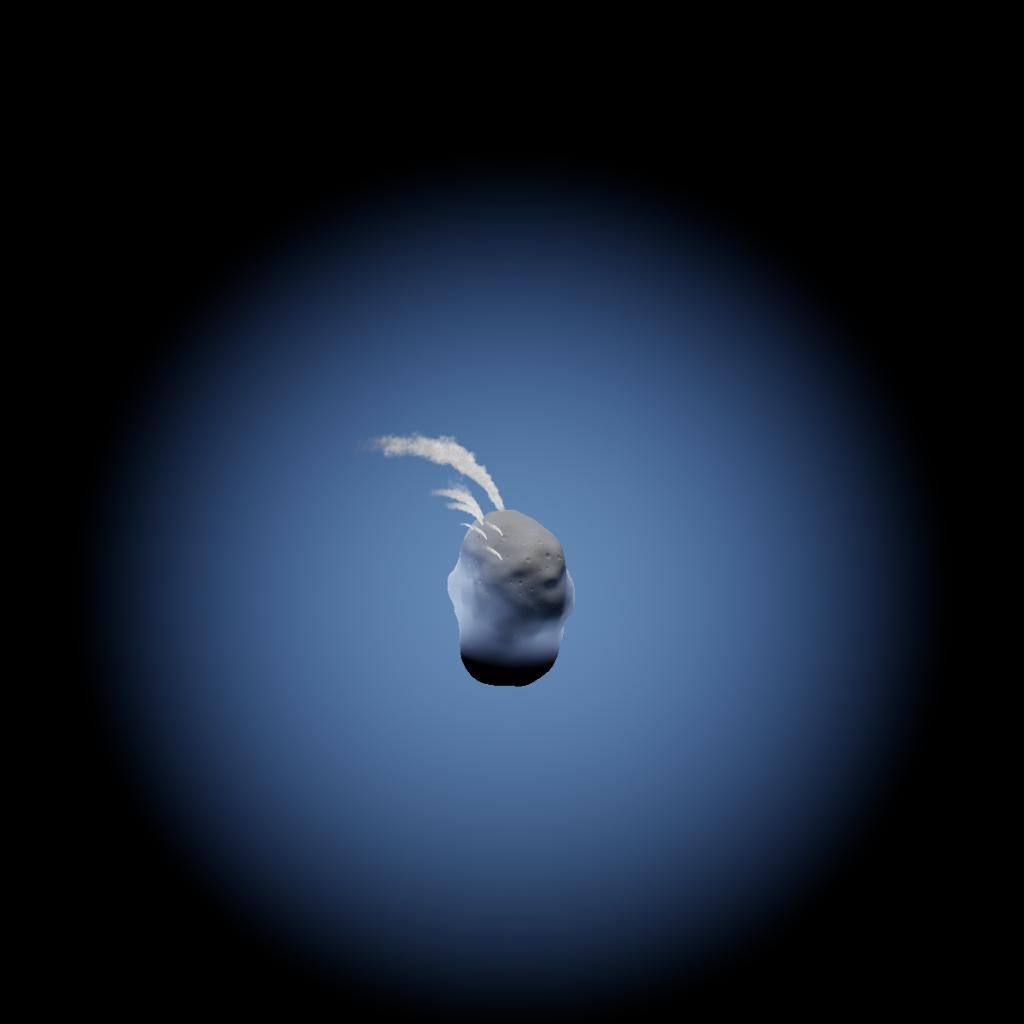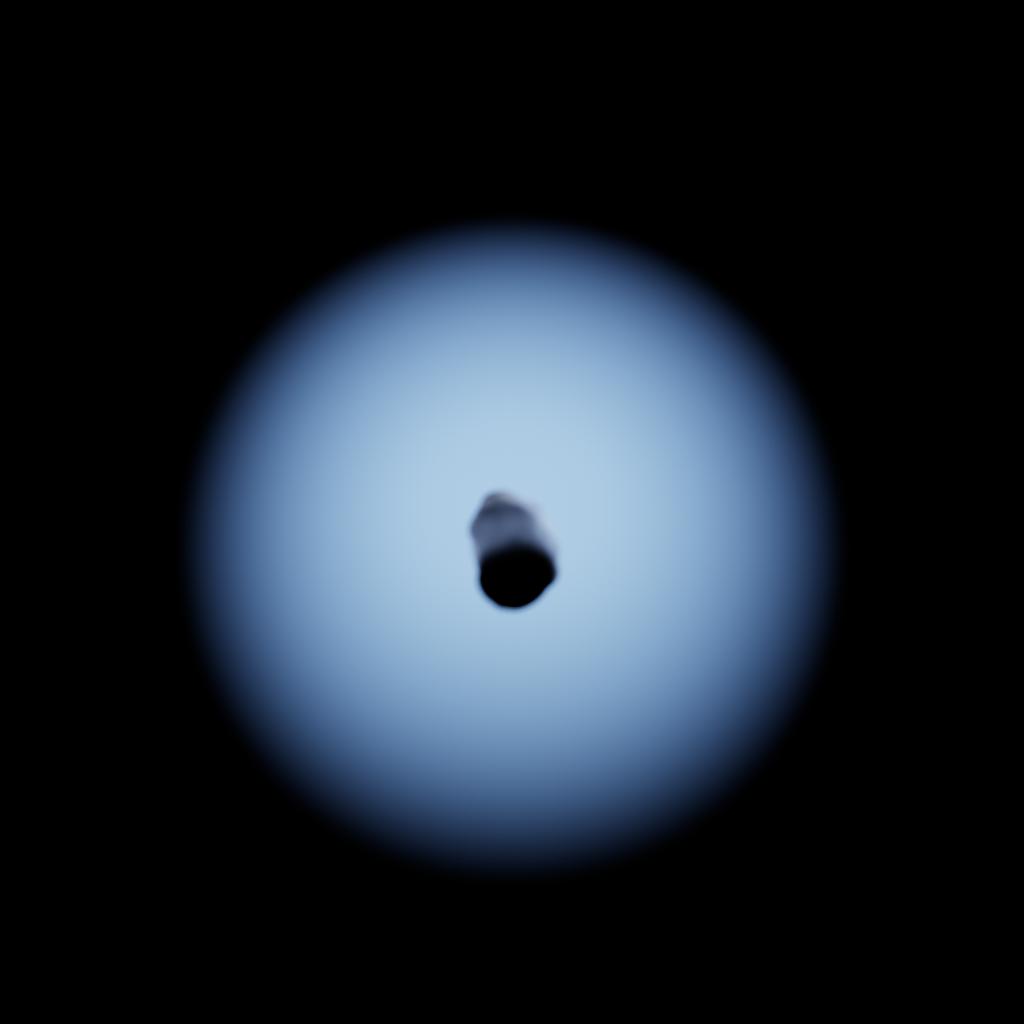Halley's Comet is the only known short-period comet that is consistently visible to the naked eye from Earth,[16] appearing every 72–80 years,[17] though with the majority of recorded apparations (25 of 30) occurring after 75–77 years. It last appeared in the inner parts of the Solar System in 1986 and will next appear in mid-2061. Officially designated 1P/Halley, it is also commonly called Comet Halley, or sometimes simply Halley
Halley's periodic returns to the inner Solar System have been observed and recorded by astronomers around the world since at least 240 BC, but it was not until 1705 that the English astronomer Edmond Halley understood that these appearances were re-appearances of the same comet. As a result of this discovery, the comet is named after Halley.
During its 1986 visit to the inner Solar System, Halley's Comet became the first comet to be observed in detail by a spacecraft, Giotto, providing the first observational data on the structure of a comet nucleus and the mechanism of coma and tail formation. These observations supported a number of longstanding hypotheses about comet construction, particularly Fred Whipple's "dirty snowball" model, which correctly predicted that Halley would be composed of a mixture of volatile ices—such as water, carbon dioxide, ammonia—and dust. The missions also provided data that substantially reformed and reconfigured these ideas; for instance, it is now understood that the surface of Halley is largely composed of dusty, non-volatile materials, and that only a small portion of it is icy.
GENERAL INFO
- Created On: Android
- Game Version: 1.3.204.1
CHARACTERISTICS
- Radius: 9,318 m
- Sea Level: None
- Surface Gravity: 0.4 m/s
- Rotational Period: 10h
- Escape Velocity: 86.3 m/s
- Mass: 5.2E+17kg
Atmosphere
- Height: 28 km
- Scale Height: 4,013 m
- Surface Air Density: 16.963 kg/m3
- Surface Temperature: 10 K
EQUIRECTANGULAR MAP



